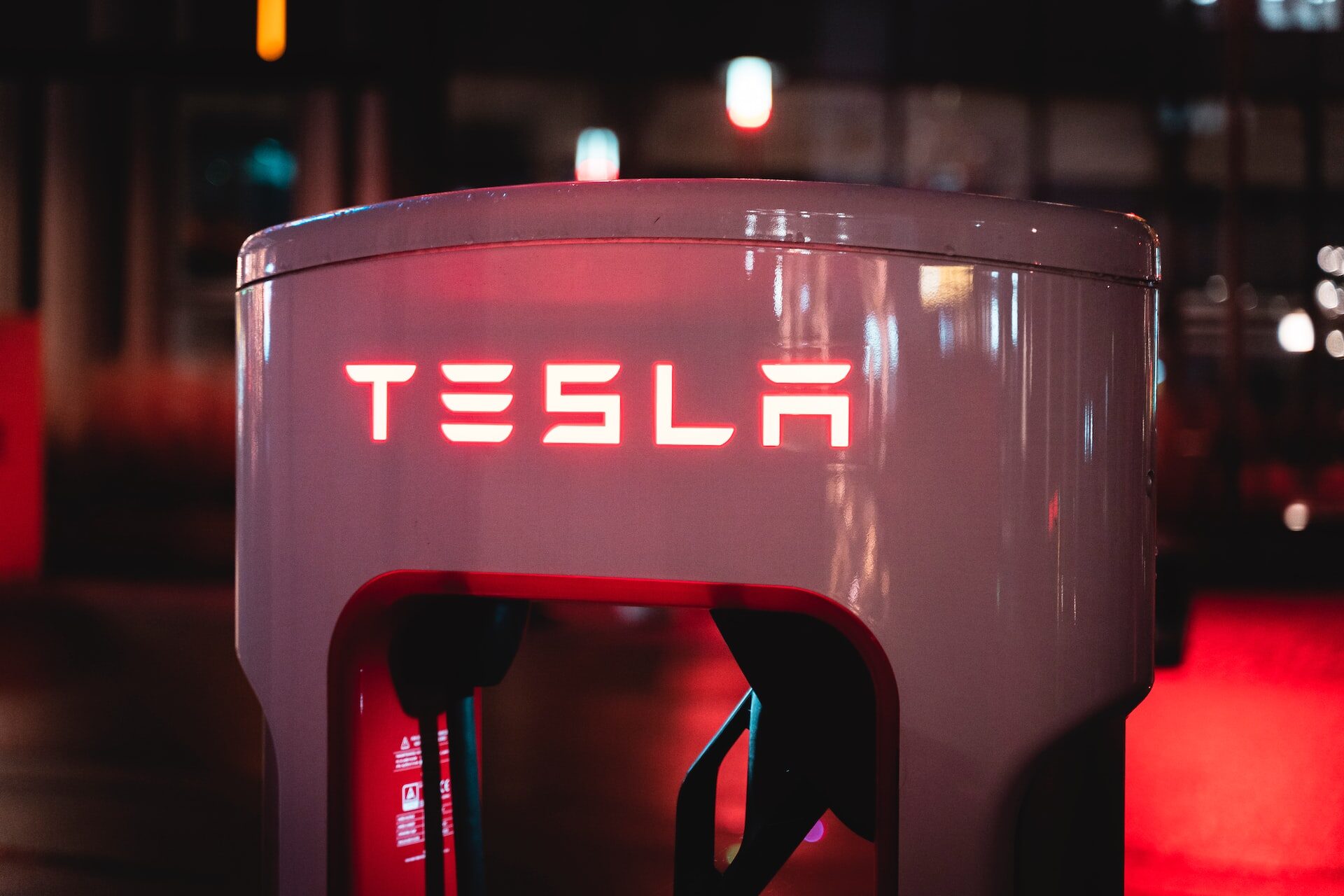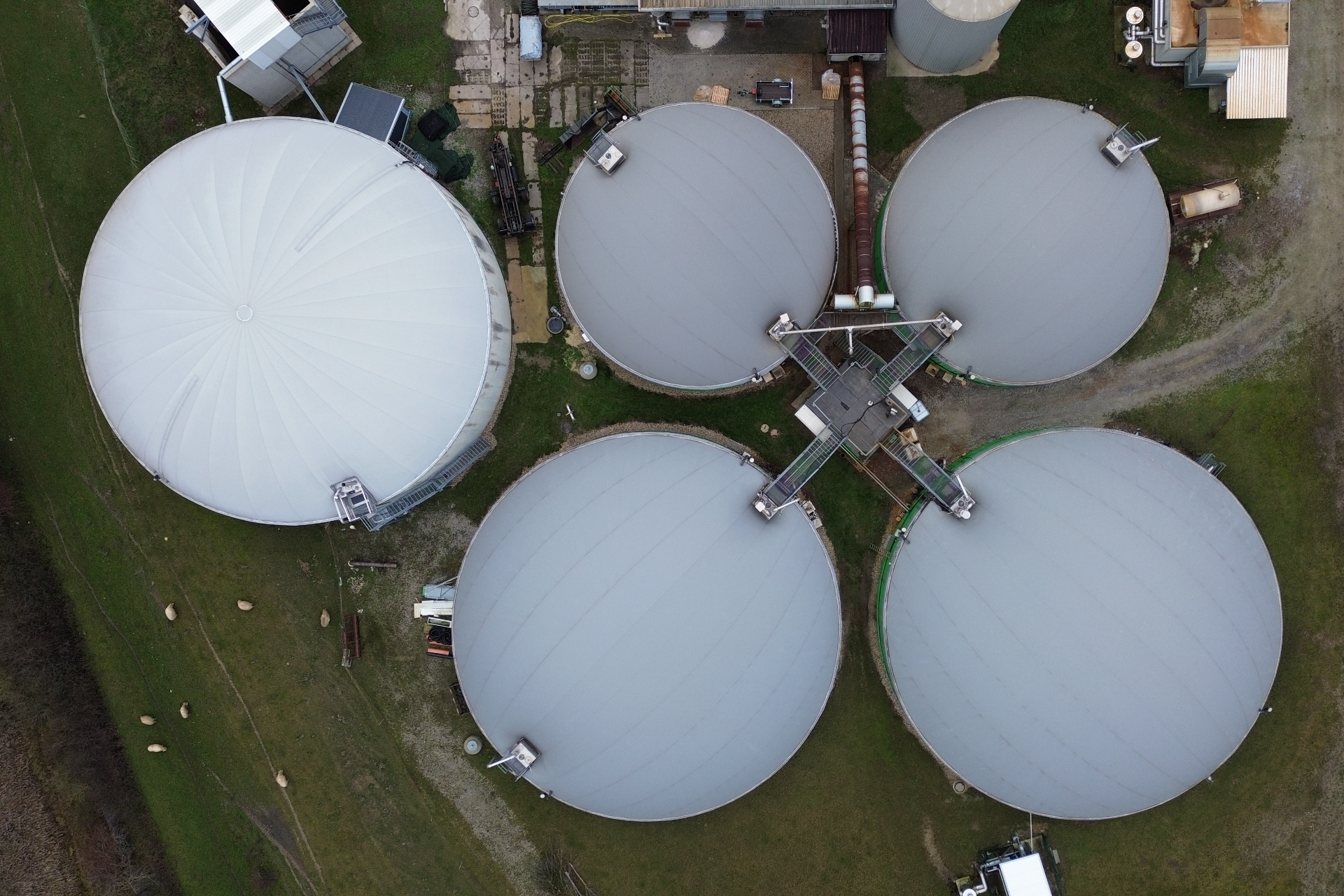
Will Cheaper Energy Storage Accelerate Switching to Clean Energy?
November 17, 2016 - Emily Newton
Revolutionized is reader-supported. When you buy through links on our site, we may earn an affiliate commision. Learn more here.
The United States’ energy grid is astonishingly complex – so complex most people don’t really understand how it works. At any given time, millions of people across the country draw power from the grid, and at times of peak usage, such as the hot summer months, all that power draw can sometimes tax the grid beyond its limits. Weather can also wreak havoc on the power grid. A recent study published in the Geophysical Research Letters states that magnetic storms in 1972 and 2003 interrupted power in the United States and led to a power failure in Sweden respectively.
That’s part of the reason why renewable energy sources – and energy storage – are so incredibly important right now. These burgeoning technologies have the potential not only to transform the United States into a clean energy leader but also to greatly unburden the power grid – not to mention our wallets.
Where the Country Stands
As things stand right now, the U.S. sees huge growth in the renewable energy sector, with lots of improvement yet to come. In our push toward renewables, though, the last few years have made it seem like some key element is missing – and that element might just be energy storage. While renewable energy is mainstream, better storage options could be the missing link that takes the U.S. to 80 or even 100 percent renewable energy integration.
Essentially, energy storage has the potential to iron out the wrinkles in the uneven demand we described above. Energy production had two problems: afternoon over-generation and increased ramping after sundown (the so-called “duck curve.” By outfitting residential and commercial buildings with what amount to oversized batteries – Tesla’s Powerwall is currently leading the way – these locations ensure they have the power needed to make it through periods of peak usage.
At any other time, when they have the power to spare, excess power can literally be sold back to the utility company. The increasing popularity of electric cars also offers additional energy storage options. This is what it looks like when technology lets us pool our resources.
In 2015, the United States added 221 megawatts of energy storage capacity, with expectations that the total capacity will reach 1 gigawatt by 2019. By 2020, the market as a whole could be valued at $2.5 billion, up from its current value of $734 million. That’s a lot of growth in just a few years – and an encouraging forecast for things to come. Still, there’s plenty of work to be done before each of the grid’s 125 million U.S. residential power grid customers has access to affordable, efficient solar and energy storage technology.
Given the economic and environmental benefits of switching to clean energy, it’s natural to wonder why we’ve not seen even more dramatic growth in this sector. The simplest explanation is that, until recently, the technology wasn’t there yet at an affordable price.
The technology powering this whole thing is batteries, and like the batteries in your laptops and smartphones, we’re still mostly relying on lithium-ion technology. Both the cost and capacity of lithium-ion batteries have been a difficult bottleneck to get the past, but for roughly 20 years now they’ve been improving on both counts. Thanks to industry leaders like Tesla, Orison, and Nissan, it finally looks like home battery storage systems have finally reached an inflection point where they’re cheap enough to be affordable to the average homeowner, with a storage capacity that justifies their price. Plus, current research in capacitor science is looking to increase both energy power and safety, which is hard to accomplish with lithium-ion technology.
For reference, the Tesla PowerWall costs $3,500 and features a storage capacity of 6.4 kWh. According to Tesla, that’s enough power for an average home to function after sundown and through the night, using electricity generated by solar panels during the day. Yes, that price point is likely still out of reach for many homeowners, but this is still a major milestone that puts this technology within reach for many people. Also, with completion from Orison and Nissan, they are starting to reduce the prices of these at home systems.
What Does the Future Hold for Energy Storage?
As mentioned above, energy storage is growing at an encouraging rate – as is rooftop solar, the essential technology that ties this all together. In the second quarter of 2016, the solar market increased in size by 24 percent over the first quarter of 2015, and things show no signs of slowing down.
Even more encouragingly, a division of the U.S. Department of Energy called the Advanced Research Projects-Energy prophesied recently that a holy grail of energy storage is coming soon, and could radically change this industry forever. The changes, they say, could help the U.S. shift to an entirely clean electric grid by 2050. How? With the efforts of 75 DEA-funded research projects. While some companies are doing great work, it’s encouraging to know that government thinks tanks are hard at work as well.
Of course, fossil fuel sources like coal and oil aren’t going down without a fight. Consider writing to your congressional representative to ensure that, next time subsidies and tax credits for solar and wind power come up for a vote in your state, they do the right thing.
Revolutionized is reader-supported. When you buy through links on our site, we may earn an affiliate commision. Learn more here.
Author
Emily Newton
Emily Newton is a technology and industrial journalist and the Editor in Chief of Revolutionized. She manages the sites publishing schedule, SEO optimization and content strategy. Emily enjoys writing and researching articles about how technology is changing every industry. When she isn't working, Emily enjoys playing video games or curling up with a good book.




